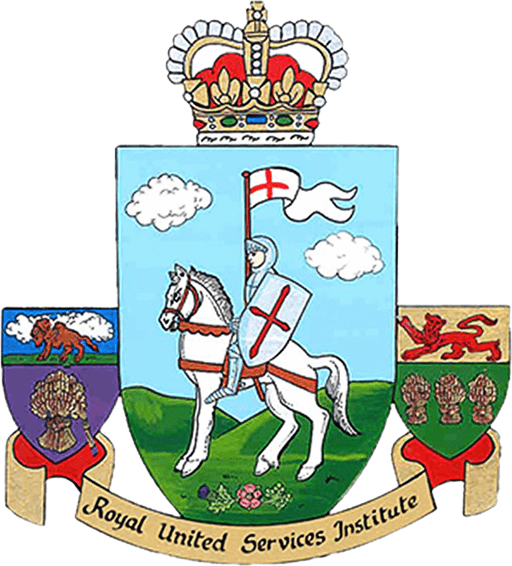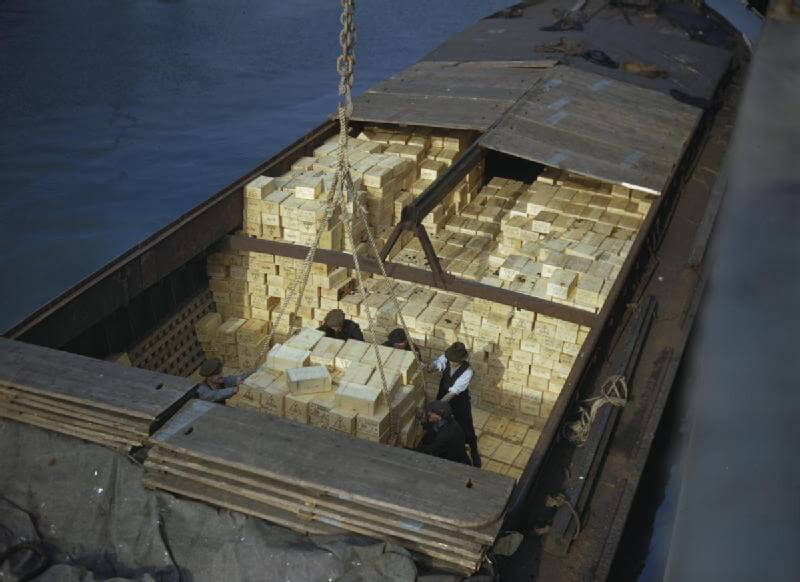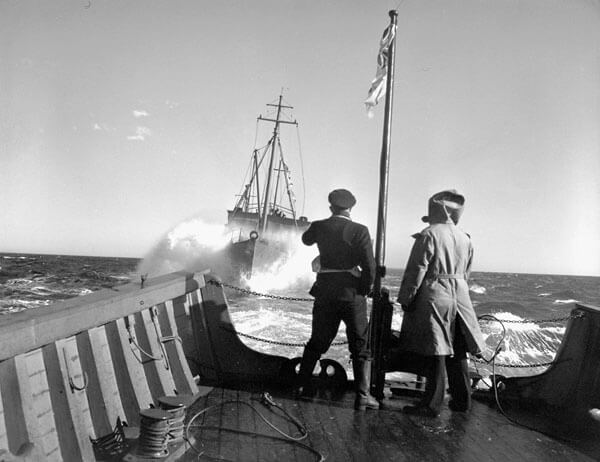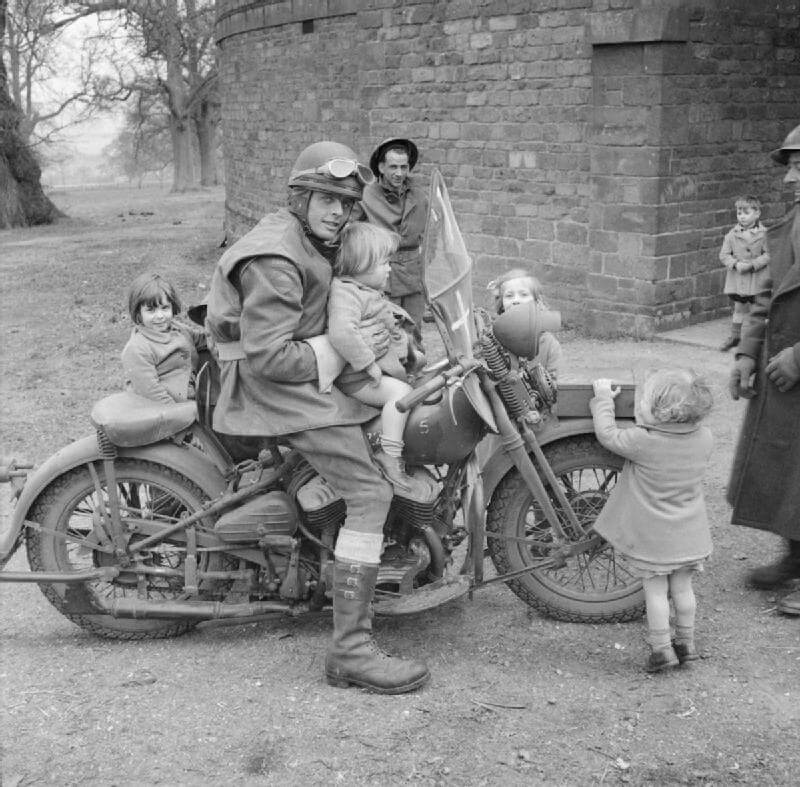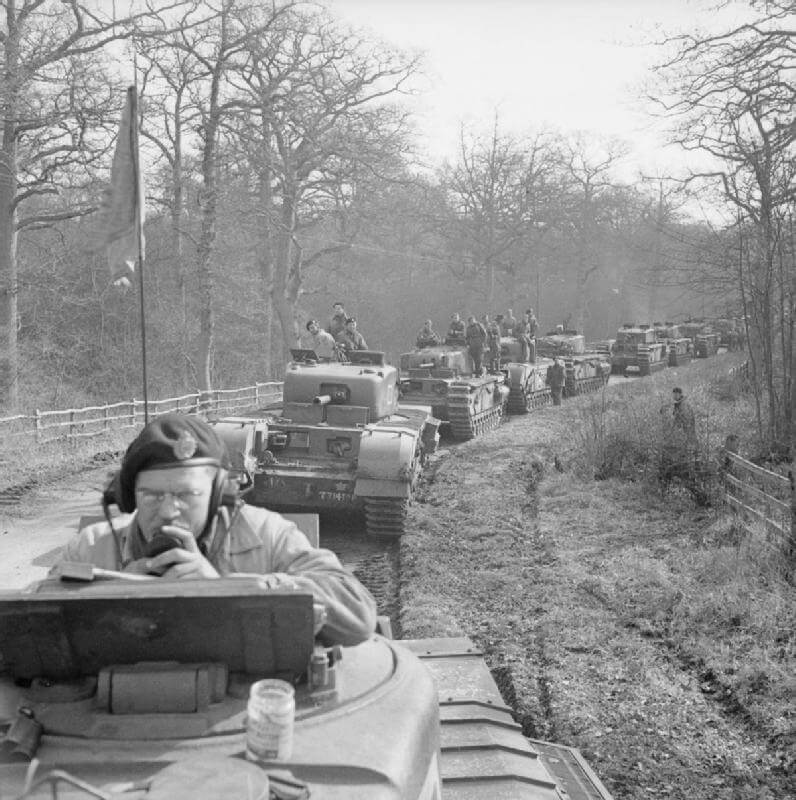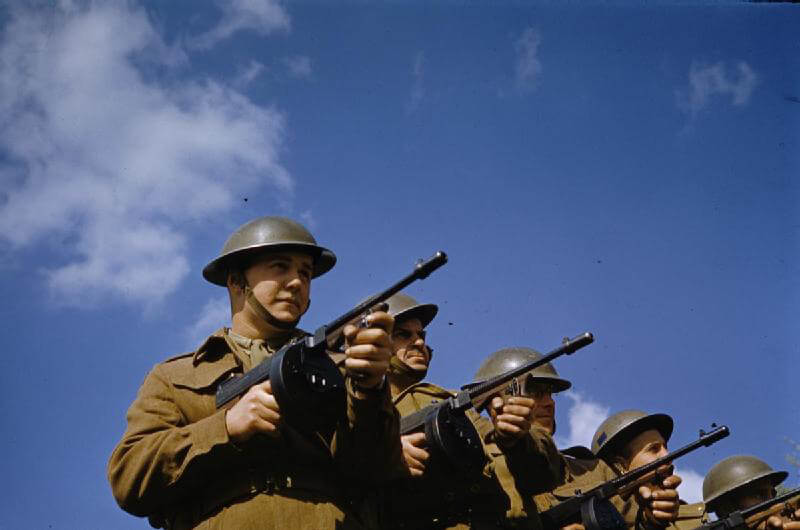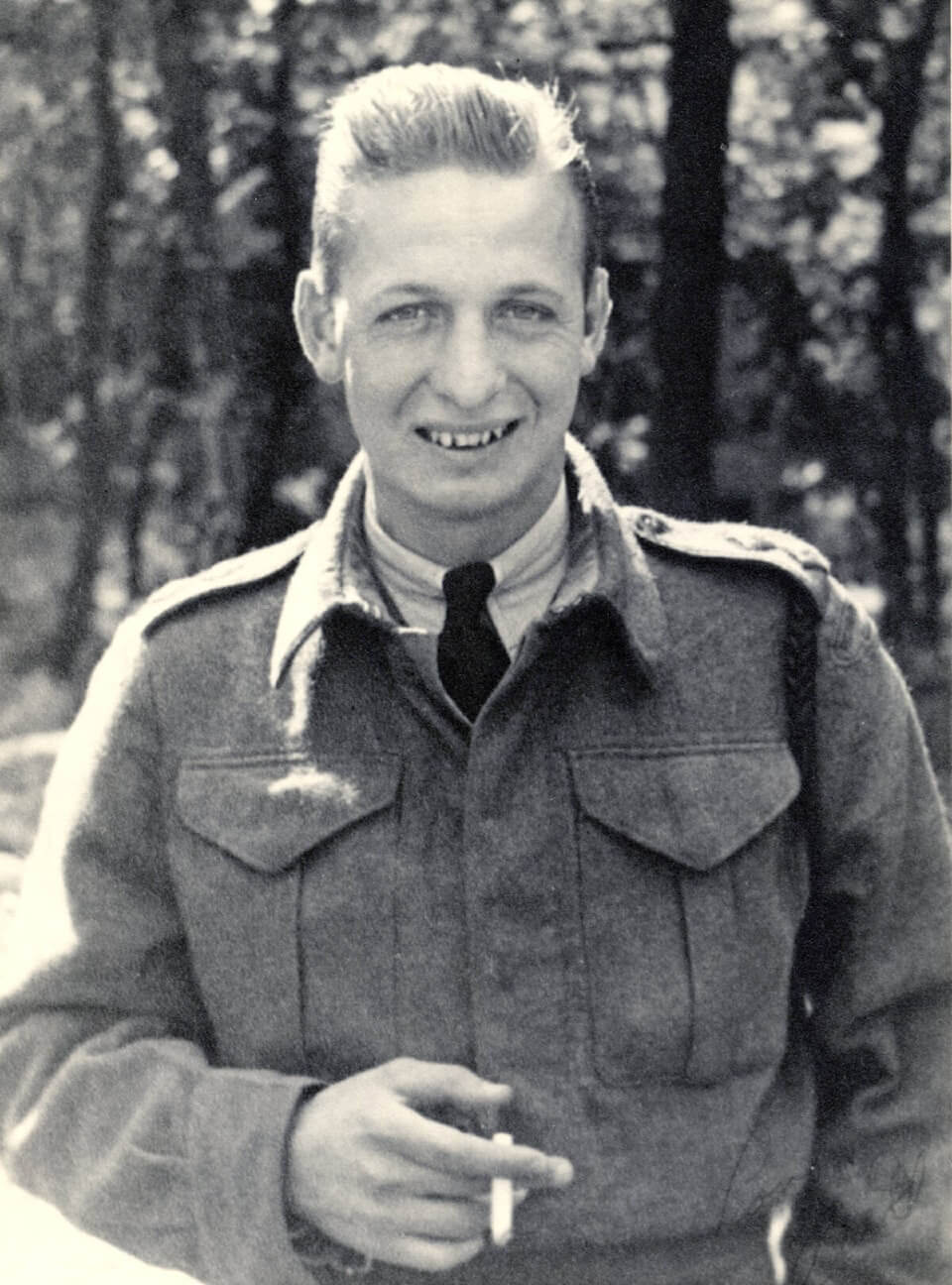The 8th of May 1945 marked the first day of peace in Europe after the most destructive war in history. The Nazi regime which had ruled Germany with an iron fist had come toppling down.
One of the Royal Canadian Air Force’s first contributions was through training British Commonwealth pilots. Over the course of the war 130,000 air personnel from all over the globe were trained in Canada through the British Commonwealth Air Training Plan. This program provided much needed expertise to the allied air forces.
Canada, alongside providing training, also provided pilots who participated in the Battle of Britain. The Battle of Britain was an attempt by the German air force to set the stage for an amphibious invasion of the British Isles by crushing the Royal Air Force. The Royal Air Force, with the help of the Royal Canadian Air Force’s No. 1 Squadron, fended off German aerial attacks.
After the fall of France, the Canadian army was focused on the land defence of Britain, as the German’s sat across the English Channel, and the British army was rebuilding after the evacuation from France. This defensive action was paired with increased operational training with a focus on an eventual return to the European mainland.
This training would be put to the test during the Dieppe Raid, on August 19th, 1942. The operation would serve as a test of Allied naval invasion tactics against German defences, as well as to demonstrate allied resolve to continue the war, and to divert German resources away from the east. The operation was a disaster as the heavily fortified German garrison held the raiders in check and inflicted severe casualties with less than half of the Canadian force returning.
On July 10th, 1943, little under a year after Dieppe, the Canadians participated in yet another amphibious operation, opening a second front on the island of Sicily and a later landing on the Italian mainland toppling Germany’s junior partner Italy. The Italian Military, and soon after its government, collapsed in the face of Allied assaults. The Germans would occupy the rest of the Peninsula not yet in Allied hands, where they would replicate the static warfare of the First World War for the rest of the conflict.
The Allies were not content with only a second front, and opened a third on June 6th, 1944, at the beaches of Normandy. Canadian soldiers landed on the beach code-named Juno and stormed the coastal defences the Germans had placed there. Storming the beaches proved extremely deadly and difficult, as the open terrain and elevated German positions allowed German soldiers to fire machine guns across the beach at exposed soldiers and landing craft.
After the difficult victory of D-Day the First Canadian Army took on the task of heading north through France and liberating Belgium. This also ensured once the Canadians reached the border of the Netherlands, they would have to fight through the rough terrain present there. The First Army was tasked with clearing the Germans from rough and muddy terrain, a brutal task which would take them until the end of the war.
With the capitulation of Germany on May 8th, 1945, the Allies celebrated the end of fighting in Europe. The war had lasted 6 years and devastated cities across Europe and displaced millions. The Second World War is the most destructive in human history. The death toll was between 40-50 million lives across the globe, of which 42,000 were Canadian. Saskatchewan saw 5,015 dead from the conflict.
Lieutenant Bill Grayson, of the Regina Rifles, is an example of the tenacity of Canadians in the Second World War. On D-Day Grayson, while under fire, captured a German bunker single-handedly and allowed his company to capture a strong point on the beach. He was awarded the Military Cross for his actions.
Sources
- Chmielewski, K. “Casualties of World War II.” Encyclopedia Britannica, Last Edited August 31, 2023.
- Stacey, C.P. “Second World War (WWII).” The Canadian Encyclopedia. Historica Canada. Article published July 15, 2013; Last Edited August 23, 2021.
- “Casualties by Conflict,” Saskatchewan Virtual War Memorial, Accessed October 16, 2023.
Written by: Michael Lorch and Evan Foster, of the University of Regina.
